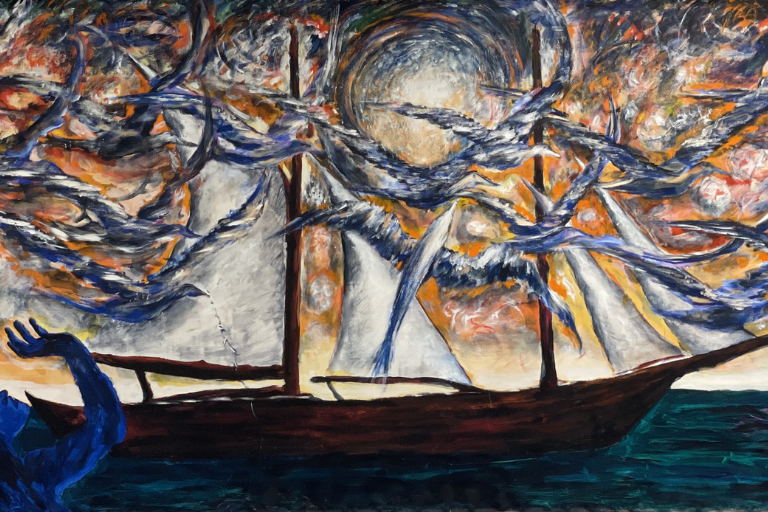The upcoming symposium Aesthetics of Solidarity at Michigan State University (MSU) will bring together artists, scholars, and historians to explore the intersection of art and activism within the Arab American and Arab diaspora communities. Among the distinguished participants is Maral Zakharia, an Associate Professor in MSU’s Department of Advertising and Public Relations, who will serve as the chair for the panel Networks of Solidarity.
For Professor Zakharia, this role is deeply personal and professionally significant. “This is my first experience as a panel chair,” she shares, “and as a Lebanese Armenian who was born and raised in Beirut, I feel a strong connection to the themes and discussions taking place.”
Art as a Tool for Social Justice
The symposium seeks to highlight how Arab American and Arab diaspora artists use their work to express solidarity with those facing socio-political injustices. Professor Zakharia emphasizes the transformative power of art, describing it as a medium that challenges biases and fosters awareness.
“Art is thought-provoking,” she explains. “It can challenge misconceptions people have developed over time—whether through false narratives in mass media or implicit cultural biases. It offers alternative viewpoints, sparks further research, and can even serve as a call to action.”
By showcasing the work of artists who engage with social justice themes, the symposium aims to inspire critical conversations that extend beyond the art world and into broader cultural and political discussions.
Institutional Collaborations: A Catalyst for Change
Professor Zakharia highlights the importance of partnerships between academic and cultural institutions, such as MSU, the MSU Broad Art Museum, and the Arab American National Museum. “Universities have always been spaces where young minds come to learn, be challenged, and see the world in new ways,” she notes. These collaborations provide essential platforms for artists and scholars to engage the public in meaningful dialogue about Arab American art and activism.
The symposium’s global reach is another key component, featuring voices from diverse cultural and geographical backgrounds. “Global perspectives challenge local viewpoints and highlight our shared humanity,” Professor Zakharia states. “Bringing together artists, historians, and scholars from around the world enriches the conversation and deepens our collective understanding of solidarity.”
Amplifying Arab American Voices
Arab American artists often struggle for visibility and representation, making spaces like Aesthetics of Solidarity critical in amplifying their voices. Professor Zakharia sees the symposium as an opportunity to create lasting impact through discussions, exhibitions, and audience engagement.
“This symposium serves as a channel for artists and scholars to share their perspectives,” she says. “By discussing their motivations, experiences, and creative processes, we deepen our understanding of the issues at hand and inspire future discussions and events that continue this vital work.”
The Power of Art to Inspire Action
As chair of Networks of Solidarity, Professor Zakharia hopes attendees leave with a deeper appreciation of the ways aesthetics, activism, and solidarity intersect.
“Art is beauty, and beauty has the power to pierce the heart,” she reflects. “It can provoke, raise awareness, and, at times, inspire action. When art stirs something within us, it refuses to let us remain passive—it compels us to engage, to think, and to stand in solidarity.”
With an exciting program featuring contributions from artists and scholars worldwide, Aesthetics of Solidarity promises to be a powerful exploration of how art can challenge perceptions, build connections, and drive social change.
